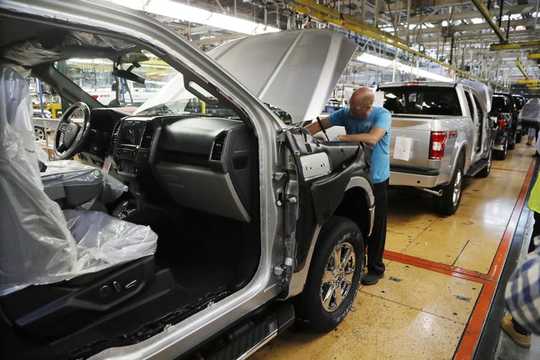
Noisy reefs are a very good thing. So good, in fact, that we might be able to use the sound of healthy coral reefs to improve the quickly increasing number of degraded ones.
- By Dale Nimmo

Have you ever wondered how our native wildlife manage to stay alive when an inferno is ripping through their homes, and afterwards when there is little to eat and nowhere to hide?

Climate researchers have not given up hope and authors were asked to highlight some more positive stories from 2019.

Society’s defining issues are rarely presented as raw facts and stats, and climate change is no exception.

In shouting “system change not climate change”, young people understand that the 3-4? warmer world we’re headed for would be far more painful, costly and disruptive than any short-term costs or inconvenience we face from taking rapid, bold action.

Climate plans are the order of the day in the presidential primary campaign because carbon pollution is a global threat of unique proportions.

Cities are on the front line of climate change. While their footprints cover a mere two per cent of the Earth’s surface, they consume 78 per cent of global energy and account for over 60 per cent of greenhouse gas emissions.

Spring and summer 2017 were among the wettest on record in eastern North America.

Droughts are a natural feature of the Australian environment. But the Millennium drought (or “Big Dry”), which ran from 1997 to 2010, was a wake-up call even by our parched standards.

The devastating impacts of Harvey, Irma, Jose and Maria across the United States and the Caribbean provide tragic reminders of the catastrophic risks we face on our coasts.

This year, three studies showed that humour is useful for engaging the public about climate change.

When faced with a rapidly advancing fire threatening a community, it can be hard to know how best to save lives.
- By David Coley

How do we go about designing buildings today for tomorrow’s weather? As the world warms and extreme weather becomes more common, sustainable architecture is likely to mean one major casualty: glass.

There’s little that the left and the right agree on these days. But surely one thing is beyond question: that national governments must protect citizens from the gravest threats and risks they face.

Australians eat a lot of water – the water that is used to produce our food. New findings from our Foodprint Melbourne study estimate that more than 475 litres of water is used to grow each person’s food every day.

In the past seven years, four major disasters have caused serious disruptions in the Northeast and Midwest United States.

A recent study showed that North Americans are becoming less tolerant of uncertainty.

The Catholic Church “hears the cry” of the Amazon and its peoples. That’s the message Pope Francis hopes to send at the Synod of the Amazon, a three-week meeting at the Vatican that ends Oct. 27, 2019..

Standing in the middle of a usually busy central London street during Extinction Rebellion’s protests, the air noticeably cleaner, the area quieter, I was struck by the enormity of the challenge ahead of us.

Deadly fires across California over the past several years have shown how wildfire has become a serious public health and safety issue.

Urban flooding represents the most common yet severe environmental threat to cities and towns worldwide. Future changes in rainfall extremes are likely to increase this threat, even in areas that could become drier.

- By Quartz
The world’s supply of cheap and clean fresh water will likely plummet as the climate warms and populations boom. Can we find ways to conserve, cut waste, and find new sources before it’s too late?

Globally, about two billion people suffer from “hidden hunger” – a chronic deficiency of vitamins and minerals.














